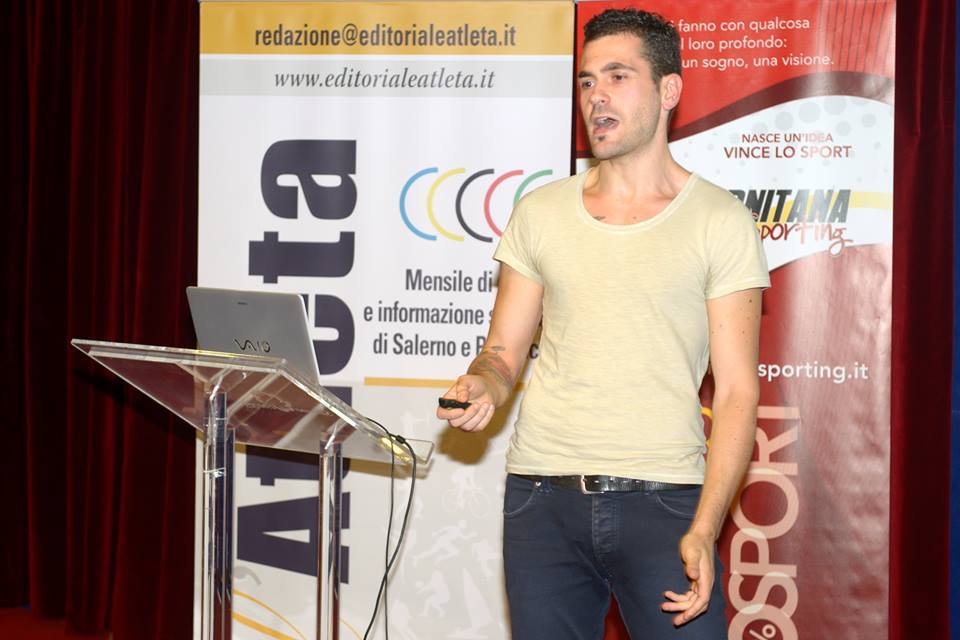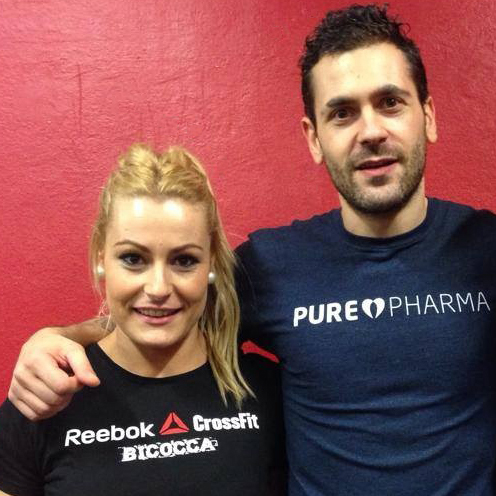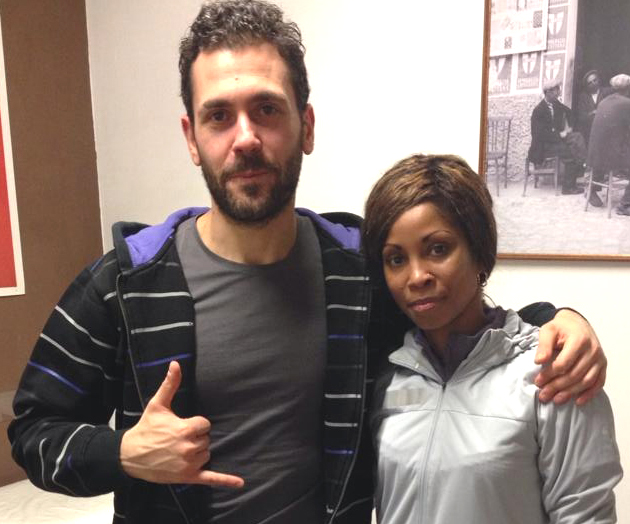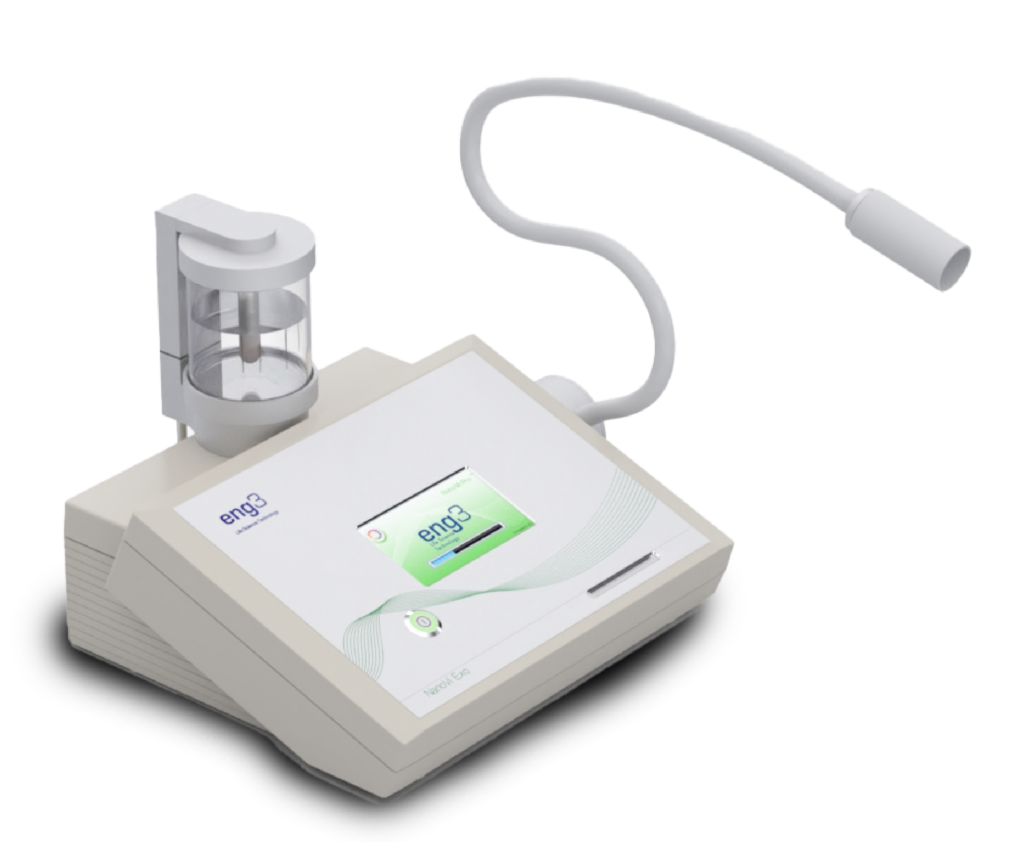Antonio Robustelli Strength and Conditioning Coach for Elite Athletes
My results with the NanoVi device are extremely positive. As a strength coach I have been working with heart rate variability analysis for about 10 years, trying to improve recovery and performance of my athletes in various sports (track, football, basketball, volleyball, weightlifting, boxing, martial arts, cycling, rugby and other sports).
It is clear that using NanoVi between training sessions and immediately after can improve parasympathetic activation thus enhancing recovery.
I’ve tested the NanoVi Exo device with the following technologies:
- Heart Rate Variability Analysis
- Surface Electromyography
Heart Rate Variability Testing
The most important thing to enhance performance is the ability to recover at different levels from every workout. Heart rate variability analysis, if well used and well performed, is one of the best tools to learn about the status of the functional reserves of an athlete.
Functional reserves represent the ability of activation of the two main regulatory mechanisms: the neuro-endorcrine system and the autonomic nervous system.
Knowing the activity and balance between the sympathetic and para-sympathetic nervous system allows us to manage fatigue, rest and training loads in order to avoid overreaching, overtraining and excessive physical stress.
HRV Results for NanoVi
I’ve tested HRV before and after a 20 minute session of the NanoVi Exo and I’ve noticed an increase in parasympathetic tone (through the increase in RMMSD value in heart rate variability analysis), therefore an increase in recovery process: parasympathetic nervous system and vagal activity are responsible for the “rest & digest” process through decreasing heart rate and improving nutrient digestion and blood flow.
RMSSD (Root Mean Square of the Successive Differences) – the index of vagal activity
- reference value range: 100-150 (ms)
- 15 athletes tested: average increase of 20 (ms)
Improvement in the athlete’s recovery process was typically between 14% and 20%.
Surface Electromyography
Surface Electromyography is a different approach to measuring recovery. It allows us to look directly into muscles in order to detect muscle fatigue both at the central and peripheral levels.
I’ve also tested muscle activity with surface electromyography before and after a 20-minute session of the NanoVi Exo device.
The main reference parameters I’ve used are mean and median spectral frequency as the presence of the fatigue is related to reduction in the mean spectral frequency of the EMG signal.
I noticed improvements in the mean spectral frequency of biceps femoris in various football players after a 20-minute session carried out immediately after a training session.
Soon I will write a much more detailed report. In the meantime, I am available to discuss my testing and results with other health and fitness specialists.
About Antonio Robustelli
Antonio is a strength and conditioning coach, as well as a professional athletic trainer. He has 14 years of experience in the sports world and has worked for teams all over the world (Italy, UK, USA, Spain, Denmark, Switzerland, Portugal etc.). He works with athletes in the semi-professional, professional and Olympic level (football, basketball, rugby, weightlifting, athletics, cycling powerlifting, volleyball and swimming). He was a sport supplement consultant for Lydia Valentin Perez a decorated Olympian Weightlifter and is a consultant for Yadisleidy Pedroso a hurdler who is ranked 19th in the world. He has developed an exclusive working protocol for monitoring of an athletes recovery and readiness through the combination of Heart Rate Variability Analysis and Surface Electromyography (sEMG).
He is a sports consultant for Maximum Performance, EliteFTS, Pure Pharma and he is the European consultant for Moxy Inc. He works with them on the implementation and development of new technology that measures muscle oxygenation in realtime. He is a columnist for the UK magazine Athletics Weekly (www.athleticsweekly.com), the world’s no.1 magazine for track & field, where he is responsible for the strength training section.
Antonio graduated at the University of Naples Parthenope with a degree in Sports Science with a specialization in Recovery Techniques and Regeneration. He has earned certificates at the prestigious Tudor Bompa Institute as a Recovery & Regeneration Technique Specialist, Strength Coaching Expert and as a Periodization Planning Specialist from 2009-2012.






